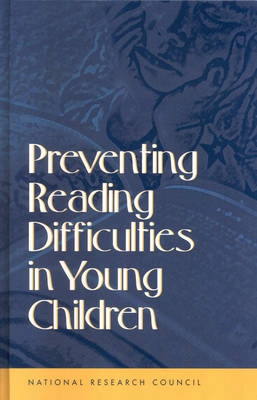While most children learn to read fairly well, there remain many young Americans whose futures are imperiled because they do not read well enough to meet the demands of our competitive, technology-driven society. This book explores the problem within the context of social, historical, cultural, and biological factors.
Recommendations address the identification of groups of children at risk, effective instruction for the preschool and early grades, effective approaches to dialects and bilingualism, the importance of these findings for the professional development of teachers, and gaps that remain in our understanding of how children learn to read. Implications for parents, teachers, schools, communities, the media, and government at all levels are discussed.
The book examines the epidemiology of reading problems and introduces the concepts used by experts in the field. In a clear and readable narrative, word identification, comprehension, and other processes in normal reading development are discussed.
Against the background of normal progress, Preventing Reading Difficulties in Young Children examines factors that put children at risk of poor reading. It explores in detail how literacy can be fostered from birth through kindergarten and the primary grades, including evaluation of philosophies, systems, and materials commonly used to teach reading.
Table of Contents
Front Matter Executive Summary Part I: Introduction to Reading 1. Introduction 2. The Process of Learning to Read Part II: Who Are We Talking About? 3. Who Has Reading Difficulties? 4. Predictors of Success and Failure in Reading Part III: Prevention and Intervention 5. Preventing Reading Difficulties Before Kindergarten 6. Instructional Strategies for Kindergarten and the Primary Grades 7. Organizational Strategies for Kindergarten and the Primary Grades 8. Helping Children with Reading Difficulties in Grades 1 to 3 Part IV: Knowledge into Action 9. The Agents of Change 10. Recommendations for Practice and Research References Biographical Sketches Index
Åtkomstkoder och digitalt tilläggsmaterial garanteras inte med begagnade böcker





















